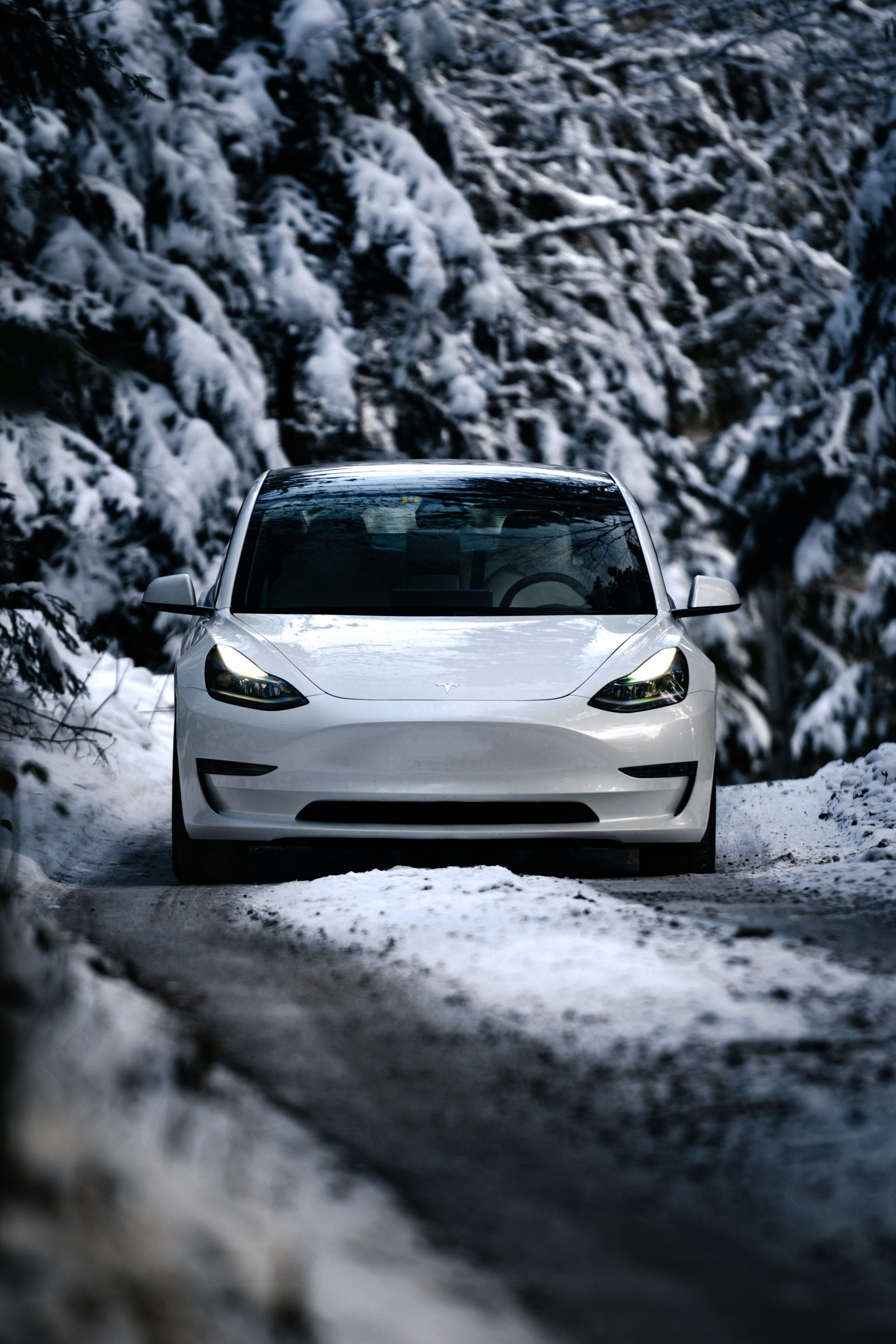February 06, 2024
EV Heat Pumps
Explore how heat pumps are revolutionising electric vehicles (EVs) by providing efficient cabin heating, boosting driving range, and ensuring comfort in every season. This article delves into the science behind this innovative system, highlighting how it can enhance your savings and elevate the EV experience, regardless of the time of year.

The same technologies replacing the gas boilers in our homes are starting to become available inside most electric cars, transforming the way we heat up and cool down our vehicles. As the winter chill tests the limits of electric vehicles (EVs), the demand for efficient cabin heating takes centre stage, impacting not just comfort but also our cars’ range. Here, we delve into the fascinating world of heat pumps to explore how they address the unique challenges posed by winter and enhance efficiency.
Understanding Winter Challenges for EVs
During the winter, your electric car is challenged specifically in three key ways:
- The demand for heating up the cabin for driver comfort,
- The need to sustain the battery at an optimal performance temperature,
- The decrease in energy recovery from regenerative braking.
Introducing heat pumps
Resolving the first of these concerns, the heat pump steps in as an effective solution, using energy to move existing heat from the surroundings into the car rather than trying to generate heat anew inside the vehicle. This is needed because, unlike vehicles with internal combustion engines, EVs do not have the luxury of tapping into a surplus of waste heat for cabin warming: they are victims of their own efficiency.
Electric cars are adept at keeping energy loss to a minimum (See our article on electric car range), but this also means that they lack the waste heat internal combustion engines (ICEs) generate, which is often repurposed for cabin heating. EVs, therefore, need to pull extra power to heat up your cabin, usually through regular fan heaters that are notorious for their inefficiency. Transporting existing heat is more efficient than trying to create heat energy in the first place. By using less energy for heating the vehicle, we reserve more for moving the car forward, thus improving range.
How do heat pumps work?
A heat pump’s role is analogous to a refrigerator, only in reverse. Instead of removing heat to keep your food and beverages cold, the heat pump harvests ambient heat from outside the vehicle as well as any residual thermal energy from the car’s own battery and motor.
This heat is efficiently transported into the cabin using some clever thermodynamics. By minimising the additional electrical demand for cabin heating, the heat pump serves as a steward of battery charge, helping maintain the vehicle’s range even when the mercury drops.
As said, this isn’t just about comfort: it’s about range and efficiency. With the drop in an electric car’s range during winter already considerable even before heating demand kicks in, heat pumps could work as game-changers. They can cut energy consumption significantly, as one study indicates, by 17-52% compared to resistive heaters depending on the climate.
This makes them an effective weapon against winter’s range reduction. On top of this, many modern EVs come with the capability to control their heat pumps remotely via a mobile app, allowing you to preheat your electric car while plugged in. This uses energy provided by the mains to heat your car rather than from the battery, thereby increasing the amount of energy that can be used for driving.
Alternatives to heat pump
Besides heat pumps, electric cars employ various other heating methods to maintain cabin warmth during winter. New technologies in this field include heated seats, wheels and seat belts that provide heating not to the whole cabin but to the driver’s and passengers’ bodies.
Do you really need a heat pump?
Sadly, it’s not a straightforward answer, Despite the countless benefits it offers, the choice is impacted by the climate you live in and your driving habits. If your winters are mild and your drives short, you might not find the additional cost of a heat pump justified.
Speaking of costs, although becoming more widespread across the electric car industry, heat pumps still do not come as a standard feature in every model. Conversely, their availability as standard or optional add-ons varies considerably depending on the manufacturer.
In some cases, heat pumps are included as a piece of standard equipment even in base models. For instance, both the Vauxhall Corsa-e and Peugeot e-208 have offered heat pumps as a regular feature in their base versions since 2021, making them an attractive option for those looking to avoid extra costs. Similarly, the BMW i4, contains heat pumps across all trim levels.
More commonly, however, heat pumps are available as optional add-ons. This means that while the base trim of a car might not include a heat pump, upgrading to a more premium trim level would provide this feature.
Weighing pros and cons
Ultimately, choosing a heat pump for your electric vehicle (EV) is about finding the right balance. It involves weighing the initial cost against the potential benefits in range, personal comfort, long-term savings, and the impact of environmental conditions. As heat pumps become more common in the technology landscape of EVs, they emerge as a savvy option that blends the need for warmth with the pursuit of extended range. Given the wide variety in the availability and specifics of heat pumps across the market, it's essential to consider your personal needs and explore the specific offerings from your manufacturer.